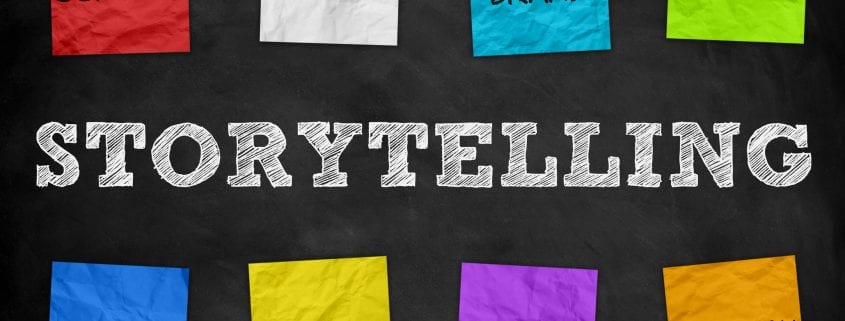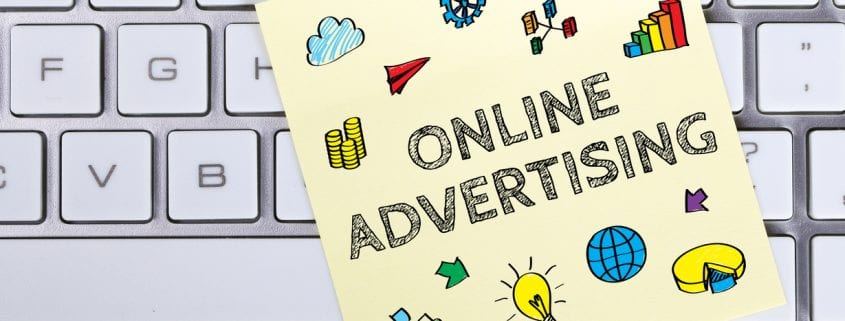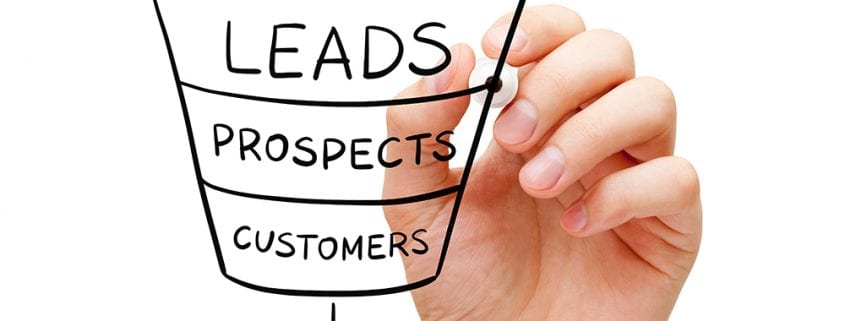
Visual Storytelling Trends That Will Shape The Future For Marketers
Storytelling has existed for centuries and is a great way to not only market your brand, but also connect with your audience on a deeper level. Storytelling can be done in a variety of ways, and today, visual storytelling is one of the most impactful forms of persuading and communicating your message with audiences. Thanks to technological advances, we now have the power to captivate people by immersing them in stories, while blending fiction and reality. Here are some visual storytelling trends that will shape the future for marketers and everyone alike:
Never-Ending Stories
Have you ever had an experience that you didn’t want to end? Ever wonder why movie studios continue to reboot classic TV shows and movies? Well, never-ending stories are becoming increasingly in demand as people expect content, specifically stories in real-time 24 hours a day, 7 times a week. This trend has slowly taken shape on social media platforms where characters like Homer Simpson are tweeting to their millions of followers. This also explains why live-streaming apps that allow users to interact with personalities in real time like Meerkat and Periscope, are becoming more popular.
Mini-Ads
Let’s face it—given the current digital landscape, traditional advertising does not hold the same appeal it did a decade ago. Because of this, it’s no surprise that companies have considered new, innovative ways like mini-ads to connect with customers. Facebook plans to launch six-second ads that will give businesses and brands the opportunity to show a condensed version of their story to their target audience. This interesting format is a smart way to capture the audience’s attention given our short attention spans, which will drive a higher level of engagement.
Connective Storytelling/ Immersive Experience
Even though it seems like most people would prefer technology to human interaction given the amount of time we spend on our devices, they also want to connect and interact with others online, fictitious or real. The future of storytelling will go beyond solely connecting emotionally with characters—we now can put ourselves in their shoes. Different virtual reality experiences, like “Nerve” now allow people to experience what the movie character does in a movie like climb a high-rise or ride a skateboard.
Augmented Reality
AR is present everywhere whether its Facebook or Instagram and is fairly easy to program thanks to software like AR Kit for iOS 11. Given Pokémon Go’s success, this is no longer a trend we can put aside. Since people are constantly on their phones and are interested in experiences that go beyond 2D, the implementation of AR visual storytelling will increase and go beyond gaming, entering the magazine and news space.








